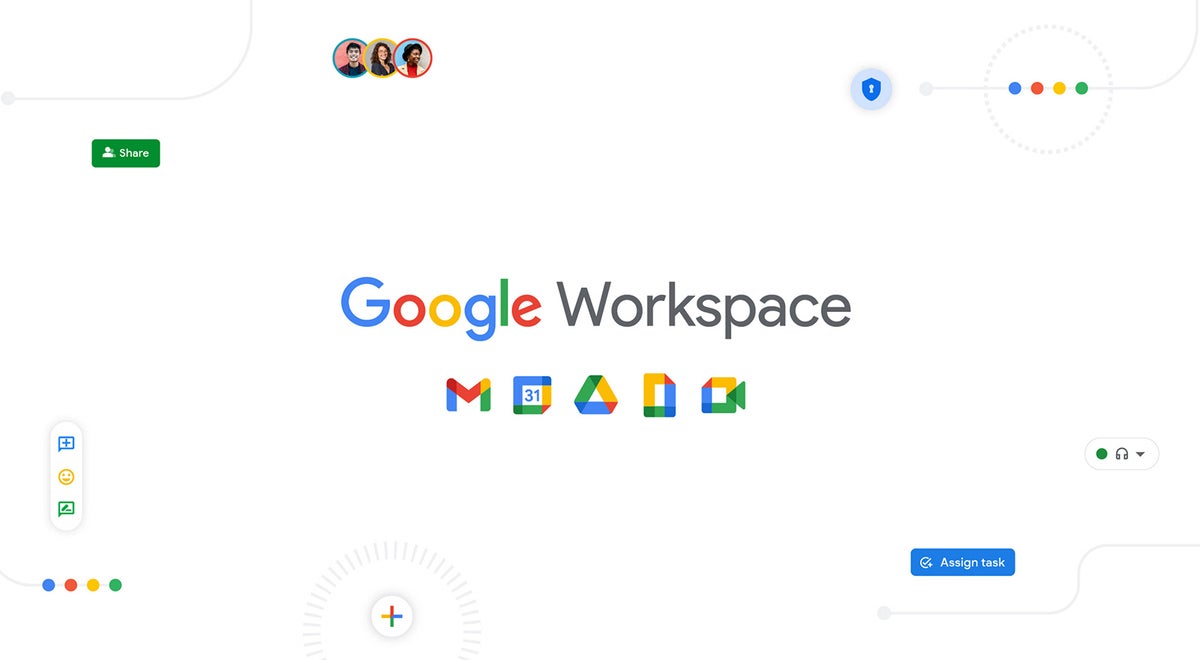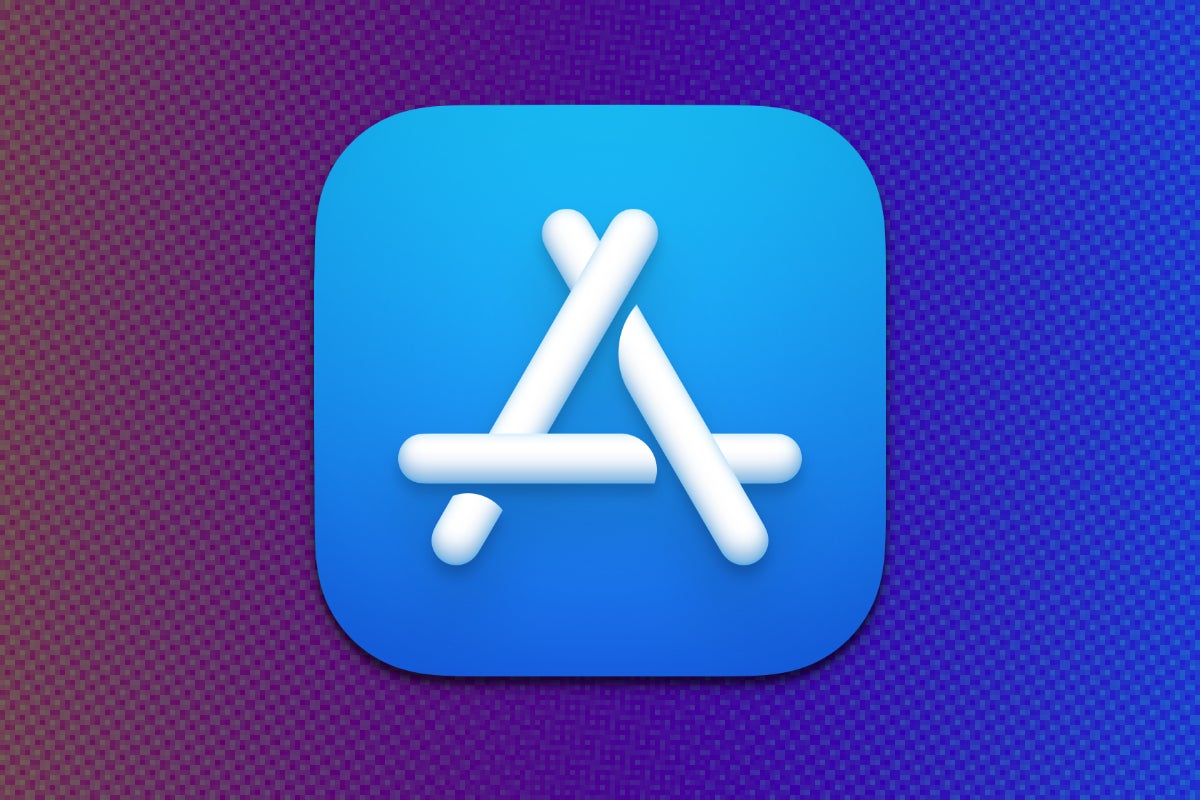Apple has now published its planned approach to opening up its App Store in Europe. As predicted, critics don’t like the plans, arguing (also as anticipated) they cost too much.
Apple also opened up the worldwide App Store to game streaming services and will allow the NFC chip in the iPhone to support services other than Apple Pay.
But what should the price of platform access be — and is that a matter for regulators or for the market to decide?
Under the new European Union (EU) business terms, iOS apps distributed from the App Store and/or an alternative app marketplace will pay €0.50 for each first annual install per year over a 1 million threshold, Apple says. Developers who continue to sell apps exclusively via the store will not be required to pay this.
The company argues that fwewer than 1% of developers will be impacted by the fee. So, what are Apple’s plans to open up in the EU?
What Apple said
Apple Fellow Phil Schiller took the rap for the team, stating: “The changes we’re announcing today comply with the Digital Markets Act’s requirements in the European Union, while helping to protect EU users from the unavoidable increased privacy and security threats this regulation brings. Our priority remains creating the best, most secure possible experience for our users in the EU and around the world.
“Importantly, developers can choose to remain on the same business terms in place today if they prefer.”
Why is Apple doing this?
Apple has no choice. The EU has passed laws (the Digital Markets Act, DMA) to force the company to open up its platforms this way. With other nations already considering similar rules, Apple customers in Europe have now become lab rats for a new way of doing business. The company, meanwhile, is appealing the DMA rules, but must take these steps all the same.
What the plans mean for customers
Customers will be able to purchase software for iOS devices outside the App Store via additional payment systems. However, Apple isn’t willing to leave its customers or platforms less private or secure, so it’s putting various measures in place to protect them – though it warns “many risks remain.’
These measures include:
- Notarization for iOS apps.
- Authorization for marketplace developers.
- Customer access to a third-party contactless payment app or alternative app marketplace as default.
- App Store features, including Family Purchase Sharing, that are not compatible with apps downloaded outside the store.
- Notification from Apple when an app users download rely on alternative payment processing.
- Notification when an external transaction is made.
- Access to banking and wallet apps other than Apple Pay, as the company is opening up the NFC chip to support those transactions.
- The ability to choose your default contactless payment app through a new setting for contactless payments.
Apple will publish additional information to help EU users understand and navigate the changes once they are introduced, warning these will include “a less intuitive user experience.”
This will include best practice advice to help customers stay safe when downloading apps and making payments outside of its store.
What the changes mean for developers
Developers will be able to offer apps via their own stores using their own payment processing systems.
As well as permitting alternative payment systems and app sideloading, Apple will provide:
- 600+ new APIs developers can use to offer apps outside the Apple ecosystem.
- An expansion of the app analytics Apple makes available.
- Permitted use of alternative browser engines.
- The ability to submit additional requests for interoperability with iPhone and iOS software features.
- Required submission of apps they hope to run on iOS so they can be reviewed and verified.
- Customer access to a third-party contactless payment app or alternative app marketplace as default.
There will be more information made available on Apple’s Data and Privacy site, where EU users will be able to learn how they have used the App Store and export it to a third party.
What about refunds?
Refunds and lost account details are among the most common topics people raise in the modern app economy. No surprise: Apple is making it plain it will not be able to issue refunds for payments made using alternative payment processing providers.
It is also warning that it will be “less able” to help customers who get scammed, and warns that App Store help such as Report a Problem won’t be available for apps purchased outside the store — all of which should be reasonably obvious given the money went somewhere else.
What about cloud gaming services?
Apple announced it is opening the App Store up to game-streaming services. “Developers can now submit a single app with the capability to stream all of the games offered in their catalog,” it said.
Mini-apps, mini-games, chatbots, and plug-ins will be able to incorporate Apple’s In-App Purchase system to offer users paid digital content or services, such as a subscription for an individual chatbot, for the first time.
The change is effective immediately worldwide, though there will be some delay before gamers on Apple’s platforms can get to use it. That’s because game developers must first submit their apps to the store.
What this means is that at some point users can anticipate game developers offering their services via Apple’s platforms.
You could argue that the move might also help Apple protect itself against ongoing action in the UK, where the Competition and Markets Authority has launched an investigation into the distribution of cloud gaming services through app stores on mobile devices.
What else is changing?
There are additional changes.
Apple is introducing a new choice screen that will appear when European users first open Safari in iOS 17.4 or later. It will ask them to select a default browser to use on the device.
What it costs
For many, the architecture Apple is offering developers looking to use these new permissions in the EU seems somewhat onerous.
Developers must agree to a whole new set of business terms, for instance. (They don’t have to, of course – they can also stick with the old terms and Apple’s App Store or agree the new terms and use both.)
The terms include a fee structure. Apple says these fees reflect how it creates opportunity in the first place, including its software, platforms, operating systems, and huge user base.
Apple says it is setting fees at the following level:
- iOS apps on the App Store will pay a reduced commission of either 10% (for the vast majority of developers, and subscriptions following their first year) or 17% on transactions for digital goods and services.
- Apps can be sold using the App Store’s existing payment processing system for a 3% fee. Developers can instead use a payment service provider within their app or link users to their website to process payments for no additional fee to Apple.
- Most controversially, iOS apps distributed from the App Store and/or an alternative app marketplace will pay €0.50 for each first annual install per year over a 1 million threshold.
- Apple has published a fee calculation tool.
- The company has also shared an extensive collection of information to explain its scheme to developers.
What the critics say
Epic Games CEO Tim Sweeney calls Apple’s plans a “devious new instance of Malicious Compliance.”
He said: “They are forcing developers to choose between App Store exclusivity and the store terms, which will be illegal under DMA, or accept a new also-illegal anticompetitive scheme rife with new Junk Fees on downloads and new Apple taxes on payments they don’t process.
“There’s a lot more hot garbage in Apple’s announcement,” he added, “It will take more time to parse both the written and unwritten parts of this new horror show, so stay tuned.”
Sweeney isn’t alone.
Rick VanMeter, of the Coalition of App Fairness, said Apple’s plans do not “achieve the DMA’s goal to increase competition and fairness in the digital market — it is not fair, reasonable, nor non-discriminatory.”
The criticism is not universal.
Many continue to point out that Epic charges its own 12% fee for games it distributes, which strongly suggests that while there is a discussion around platform access to be made, the cost of access hasn’t yet been universally defined.
But if you expected an end to the never-ending courtroom wrangle over this, you’ll be waiting some time yet. It seems probable Apple’s schemes will be challenged in court. But one day we will get to a decision that tells us how much digital stores like these can charge for access. I doubt this will be free.
What are the risks?
There are risks. Obvious ones include fraudulent apps, malware-laden app stores, and fraudulent banking systems.
Less obvious ones include hacks and attacks against third-party services, which may not offer the robust protection Apple can provide to safeguard people’s purchasing, address, or personal data.
It also seems possible some apps might lean heavily into software, particularly ads software, that Apple no longer permits on its platforms. Many of these risks might be mitigated by how the company is bringing the plan to the light, but not all will be.
Apple’s risk protections include:
- A Notarization process all apps distributed on the platform must go through to ensure they’re safe.
- Required Notarization sheets, (which sound a little like Privacy Warnings on the App Store) that describe the app, the developer and so on.
- Marketplace developers who must be authorized,
- Malware protection to precent apps from launching if they are found to contain malware once installed on the device.
- App Tracking Transparency to prevent dodgy tracking via apps — it will continue to work with apps distributed outside the App Store.
The company warns that apps that rely on alternative browser engines (ie. other than WebKit) might slow system performance or tax battery life. There’s more than a grain of truth in the latter point – ask any Mac user how their system performs when running some browsers that have not been fully optimized for Mac.
Has Apple gone far enough?
Critics don’t think Apple has done enough yet, but were unlikely to be satisfied with anything other than free and universal access to Apple’s platforms, which is a position regulators are unlikely to support. What is probable is that elements of how Apple has architected the scheme will be challenged as will the fees over time.
When will Apple open up?
Apple will introduce these new measures in March 2024 with iOS 17.4. They will only be available in 27 EU nations.
Apple has published detailed information about these changes at its Developer Support site.
Please follow me on Mastodon, or join me in the AppleHolic’s bar & grill and Apple Discussions groups on MeWe.
Copyright © 2024 IDG Communications, Inc.









